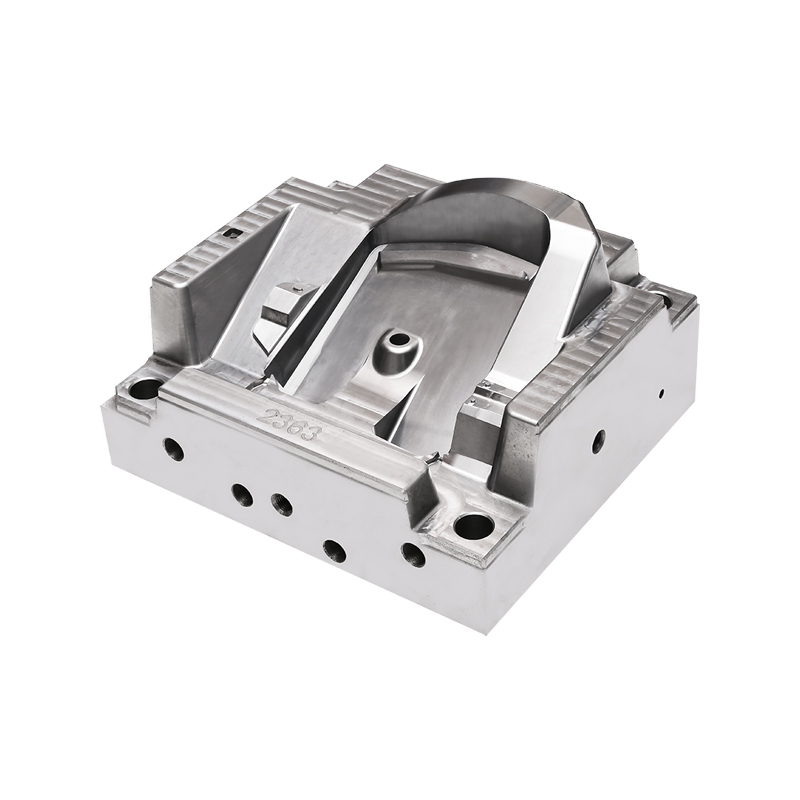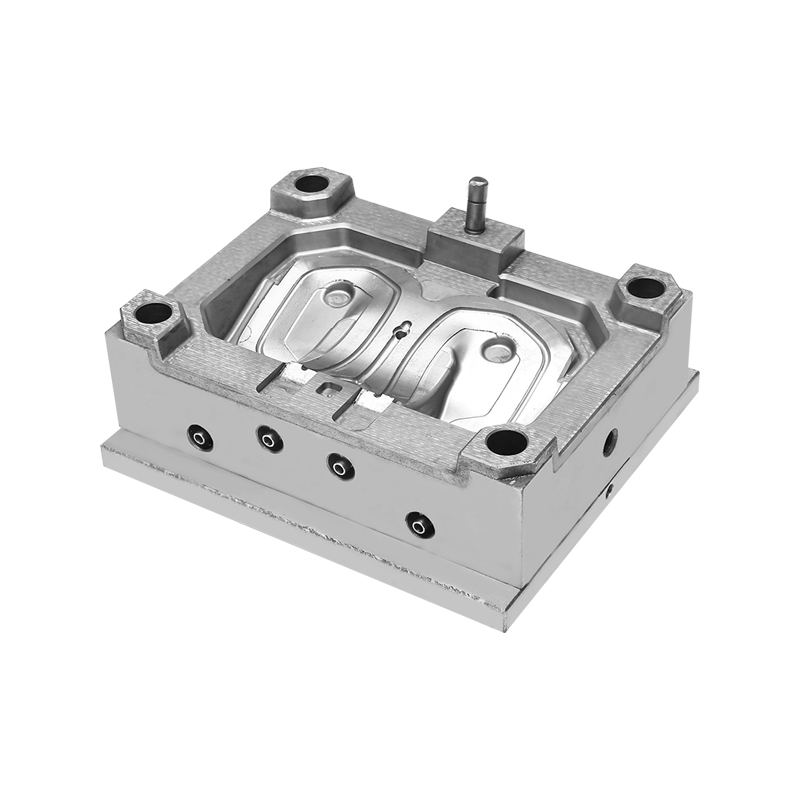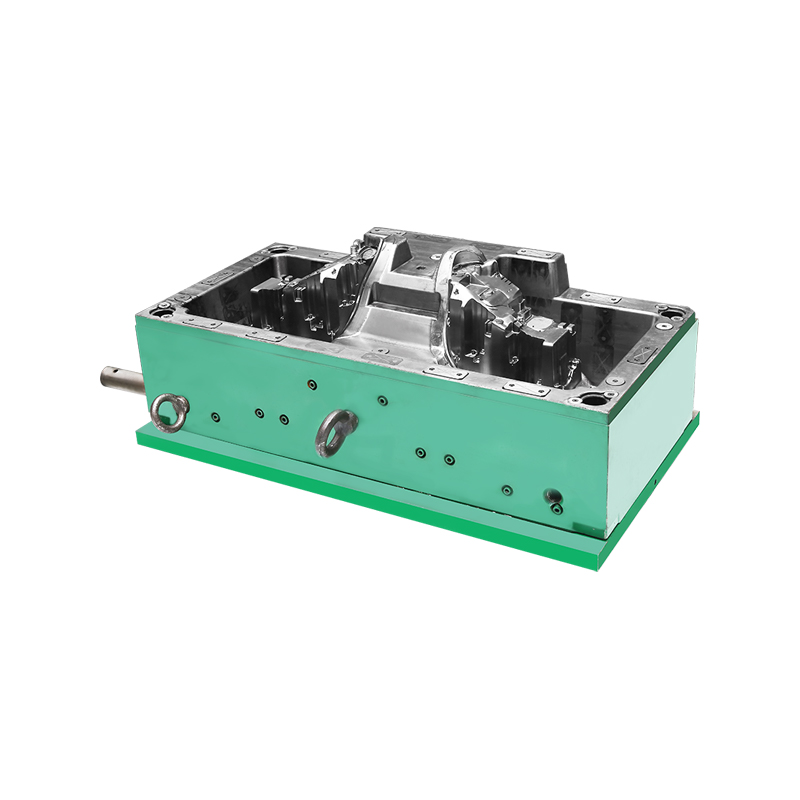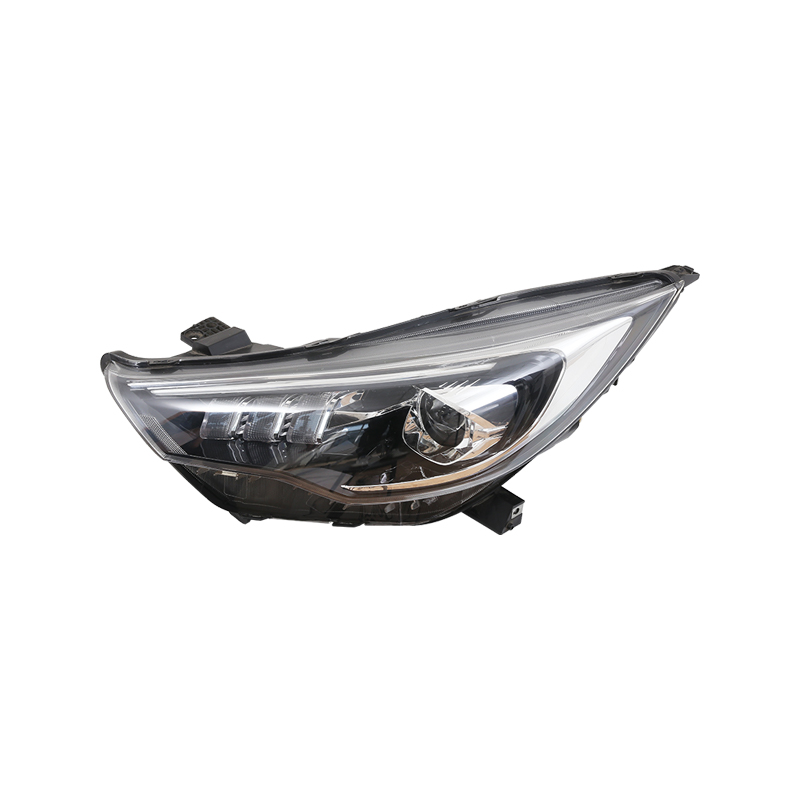The automotive industry is continually advancing, driven by the need for innovation, efficiency, and precision. One of the cutting-edge technologies contributing to these advancements is the China Auto Lamp Light Guide Composite Compression Moulding Mould. This sophisticated moulding process is integral to producing high-quality light guides for automotive lamps, offering numerous benefits in terms of performance, durability, and aesthetics.
Composite compression moulding is a manufacturing process that involves shaping composite materials under high pressure and temperature within a mould. This process is particularly suitable for producing complex and high-strength components like automotive light guides. The China Auto Lamp Light Guide Composite Compression Moulding Mould leverages this technology to create precise and durable light guides essential for modern automotive lighting systems.
The process begins with selecting the appropriate composite materials. In the context of China Auto Lamp Light Guide Composite Compression Moulding Mould, materials such as glass fibre-reinforced polymers (GFRP) or carbon fibre-reinforced polymers (CFRP) are commonly used due to their strength, lightweight properties, and light transmission capabilities. These materials are prepared in the form of pre-pregs, where fibres are pre-impregnated with a resin matrix.
The design and engineering of the China Auto Lamp Light Guide Composite Compression Moulding Mould are critical to the process's success. Advanced computer-aided design (CAD) software is used to create detailed mould designs that meet the specific requirements of the light guide components. The moulds are typically made from high-quality steel or aluminum, capable of withstanding the high pressures and temperatures involved in the compression moulding process.
Before the actual moulding process begins, the composite materials are preheated to make them more pliable. This step is crucial in ensuring that the materials conform to the mould’s shape. In the case of China Auto Lamp Light Guide Composite Compression Moulding Mould, preheating also helps in activating the resin matrix, improving the flow and adhesion of the composite material.
The core of the China Auto Lamp Light Guide Composite Compression Moulding Mould process involves placing the preheated composite material into the mould cavity. The mould is then closed, and high pressure is applied using a hydraulic press. This pressure forces the composite material to fill the entire mould cavity, ensuring that the final component is free of voids and defects. The application of pressure is precisely controlled to achieve material distribution and consolidation.
Once the composite material is compressed into the desired shape, it undergoes a curing process. Curing involves maintaining the mould at a specific temperature for a set period, allowing the resin matrix to fully harden and bond the fibers together. This step is vital for achieving the desired mechanical properties and dimensional stability of the light guide. After curing, the mould is cooled to solidify the component further.
After the curing and cooling stages, the mould is opened, and the finished light guide component is carefully removed. The China Auto Lamp Light Guide Composite Compression Moulding Mould ensures that the components have a high-quality surface finish and precise dimensions. Any excess material, known as flash, is trimmed away, and the component may undergo additional finishing processes such as sanding, polishing, or coating to enhance its appearance and performance.
Quality control is an integral part of the China Auto Lamp Light Guide Composite Compression Moulding Mould process. Each component is subjected to rigorous testing to ensure it meets the required specifications and standards. Tests may include dimensional inspections, mechanical property evaluations, and optical performance assessments. High-quality standards are essential for automotive light guides, as they must provide consistent and reliable illumination.

 English
English 中文简体
中文简体 русский
русский Español
Español








